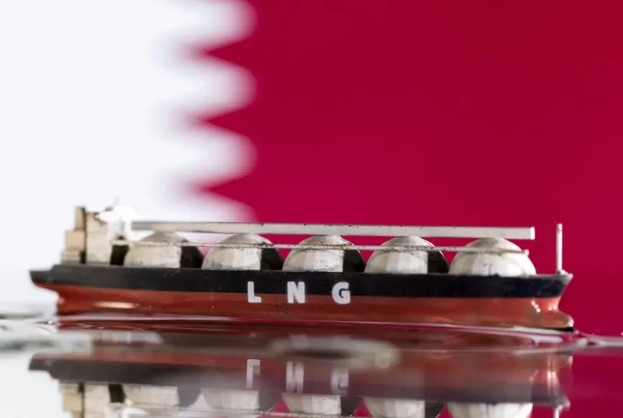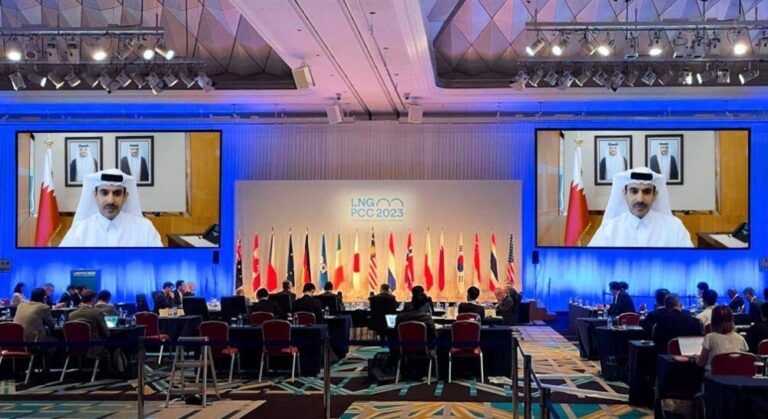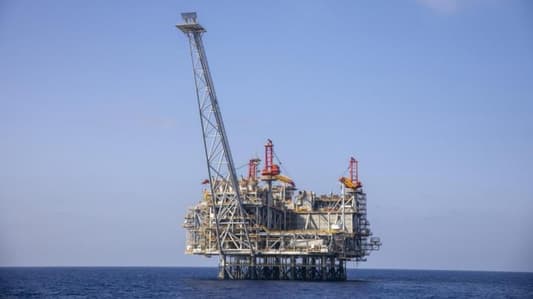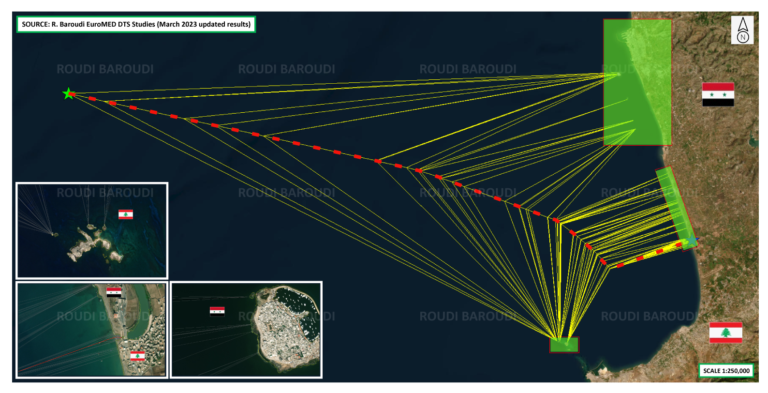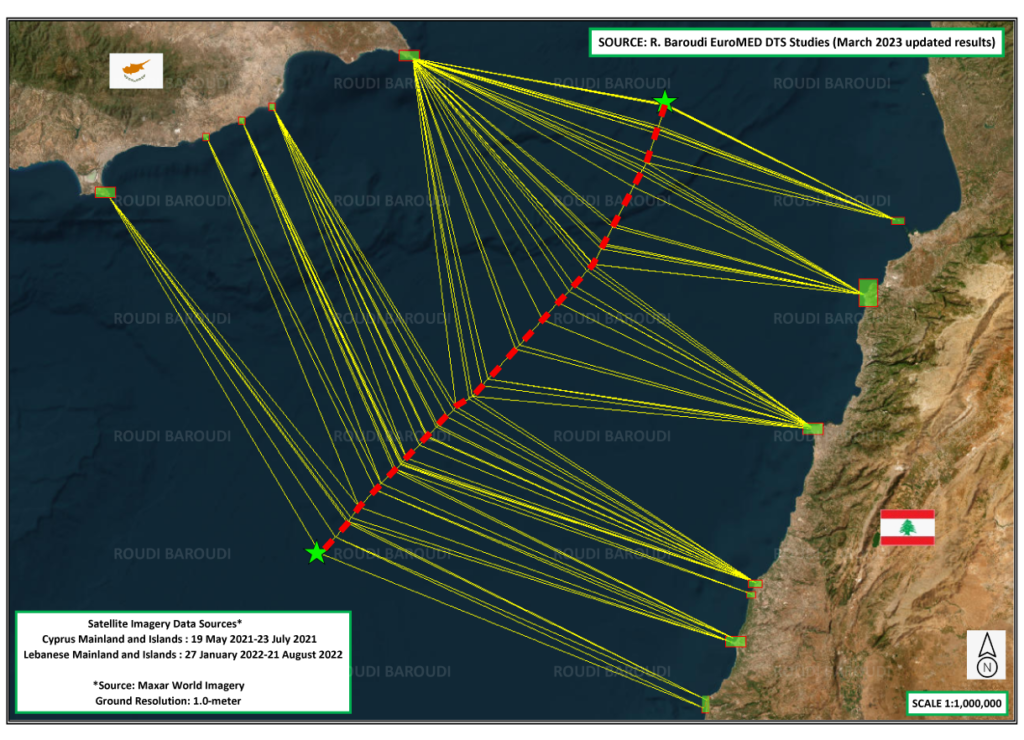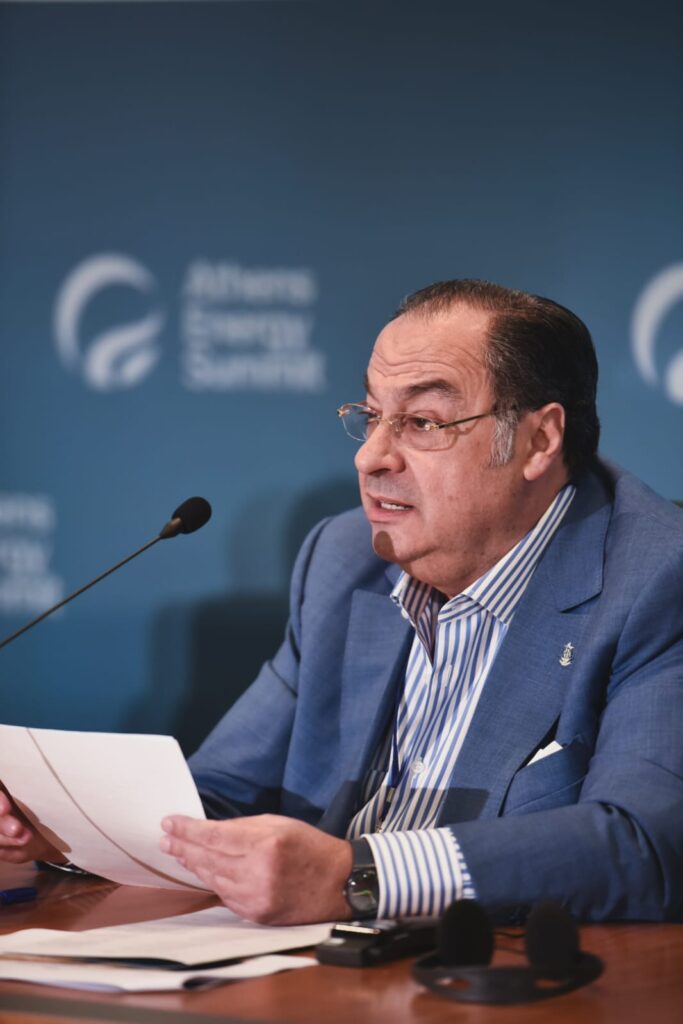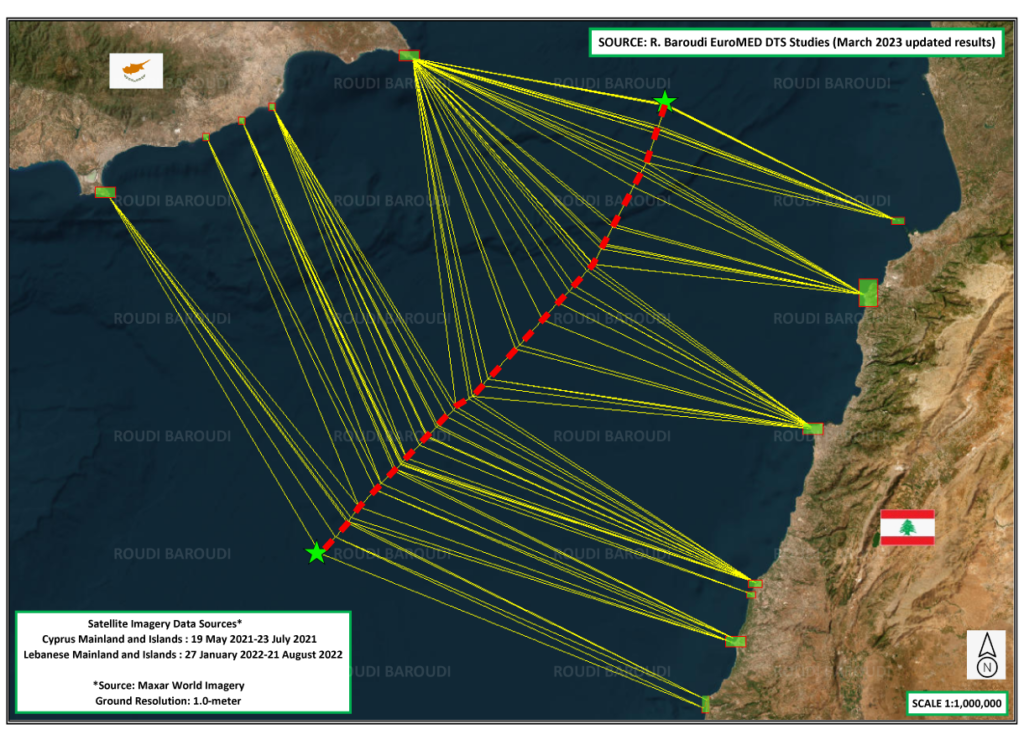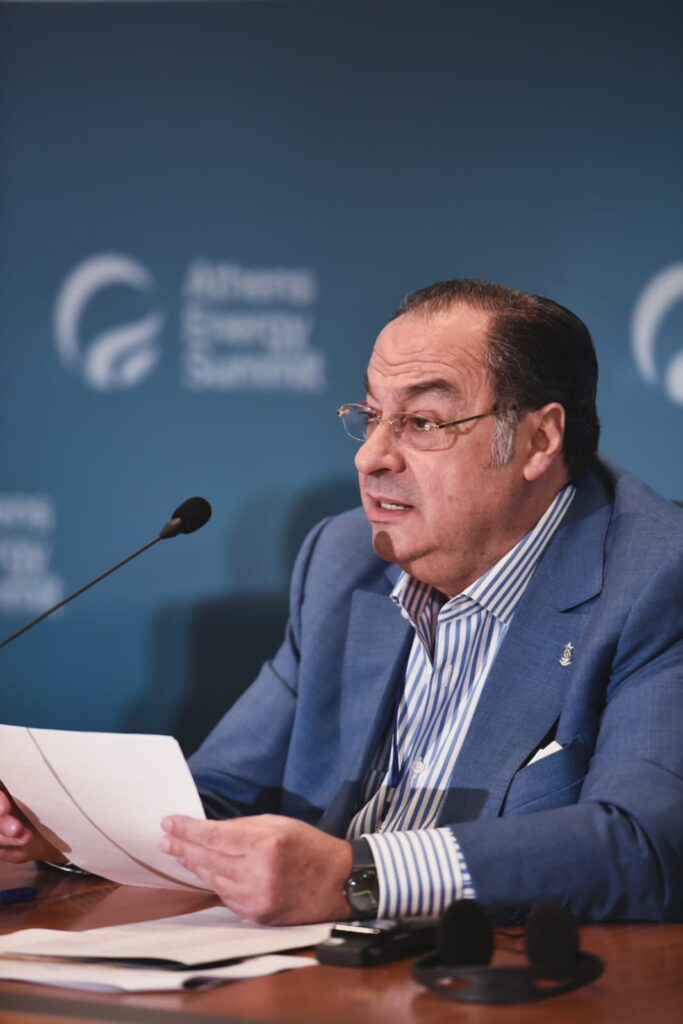As long as coal plants are still operating, it is a good idea to require them capture their carbon dioxide emissions. But those designing policies to hasten such practices must tread carefully, lest they unwittingly extend the life of dirtier energy sources.
NEW YORK – In May, the US Environmental Protection Agency proposed new power-plant rules that would effectively require every existing coal- or gas-fired plant in the United States either to capture and store most its carbon dioxide emissions, or to switch to burning low-emissions “green hydrogen.” Yet it would be cheaper to replace America’s more than 200 coal-fired plants with new solar or wind facilities, and then to do the same with its gas plants soon thereafter.
This claim will surely be met with cries of: “It’s not that simple! You also have to account for the Earth’s rotation, cloud cover, and a lack of wind.” Indeed, one also must acknowledge ever-present NIMBYism, long-term energy contracts, and other complexities that stand in the way of immediately swapping coal for solar. But nobody is seriously suggesting shutting down every fossil-fueled power plant everywhere all at once. The transition will take time.
Time, of course, is relative. Even the new EPA rules would be phased in gradually, with the real bite coming only in the next decade. But we can’t wait for the EPA’s rules to bite and force the changes, nor should we. And the “we,” in this case, includes everyone from consumers to local energy regulators to utility executives and banks planning their investment decisions.
Carbon capture and storage (CCS) is a godsend, and green hydrogen has the potential to be one, too. But, looking to the next decade and beyond, we also will be deploying many other advanced climate-tech solutions, from better batteries to smarter grids. Given the urgency of the climate crisis and all the new technologies coming down the pike, it makes little sense to wait for the EPA’s new rules to force changes years from now.
Power-plant economics are changing fast. In 2019, the think tank Energy Innovation published its first “coal cost crossover” report, which found that 62% of US coal plants were more expensive to run than to replace with local solar or wind generation. By 2021, that figure had risen to 72%; and as of earlier this year, it was 99%. With the exception of one coal plant in Wyoming, it would be cheaper to produce electricity with solar or wind, plus battery storage, than to keep the existing coal fleet up and running.
While the 2023 figure accounts for the expanded solar and wind tax credits under the Inflation Reduction Act, it does not include additional incentives like those provided by the IRA’s loan program, which utilities can tap to help finance renewables. More to the point, it came before the new EPA proposals, raising the question of what effects these rules might have.
For the most part, the EPA’s rule changes are standard regulatory fare, reflecting the need to pass muster with a Supreme Court that is intent on curtailing federal regulators’ powers. Instead of allowing for flexibility in achieving carbon-reduction goals, the EPA is taking a more direct approach, essentially mandating that existing coal plants capture and store their released carbon. But especially in connection with generous IRA subsidies for CCS technology, US policymakers may be unwittingly throwing a lifeline to coal plants that would otherwise be economically unviable.
When considered in isolation, the EPA rule is clearly good for the environment and for public health, since it would significantly decrease particulate matter and ozone pollution. But assessments of CCS tend to get murky fast. Lest we forget, Donald Trump and his advisers were big fans of the technology, which they saw as a way “to help coal and still help the climate.”
Since combining CCS with coal will always be more expensive than burning coal outright, mandating CCS, in theory, should indeed make coal even less competitive than it already is. But CCS mandates do not operate in a vacuum.
In practice, operating licenses for coal plants are not issued by the same people writing federal rules. These decisions are made at the state and local level, primarily through state-level public utility commissions that have many competing priorities. Even if they are committed to decarbonizing, one important goal is to keep the lights on. That goal, in turn, has all too often been interpreted as keeping current generation capacities profitable. When faced with new CCS mandates and accompanying subsidies, they may simply see an opportunity to maintain coal-plant profitability for longer.
How can federal policymakers get around this problem? Broadly speaking, the focus should be on pushing cheaper solar and wind power into the system, as that will force coal- and gas-plant operators’ hands. We also need better, nimbler planning and investment processes, to allow for grid-connection rights to be reassigned from coal plants to renewables that would be built in their stead. As matters stand, most US states do not give consumers a choice about how their electricity is generated. That needs to change.
As long as coal plants are still operating, it is a good idea to make them capture their CO2 emissions. But that does not mean it is a good idea to be helping them continue to operate. The sooner that coal is replaced by renewables, the better it will be for the planet, consumers, and even utility companies.



